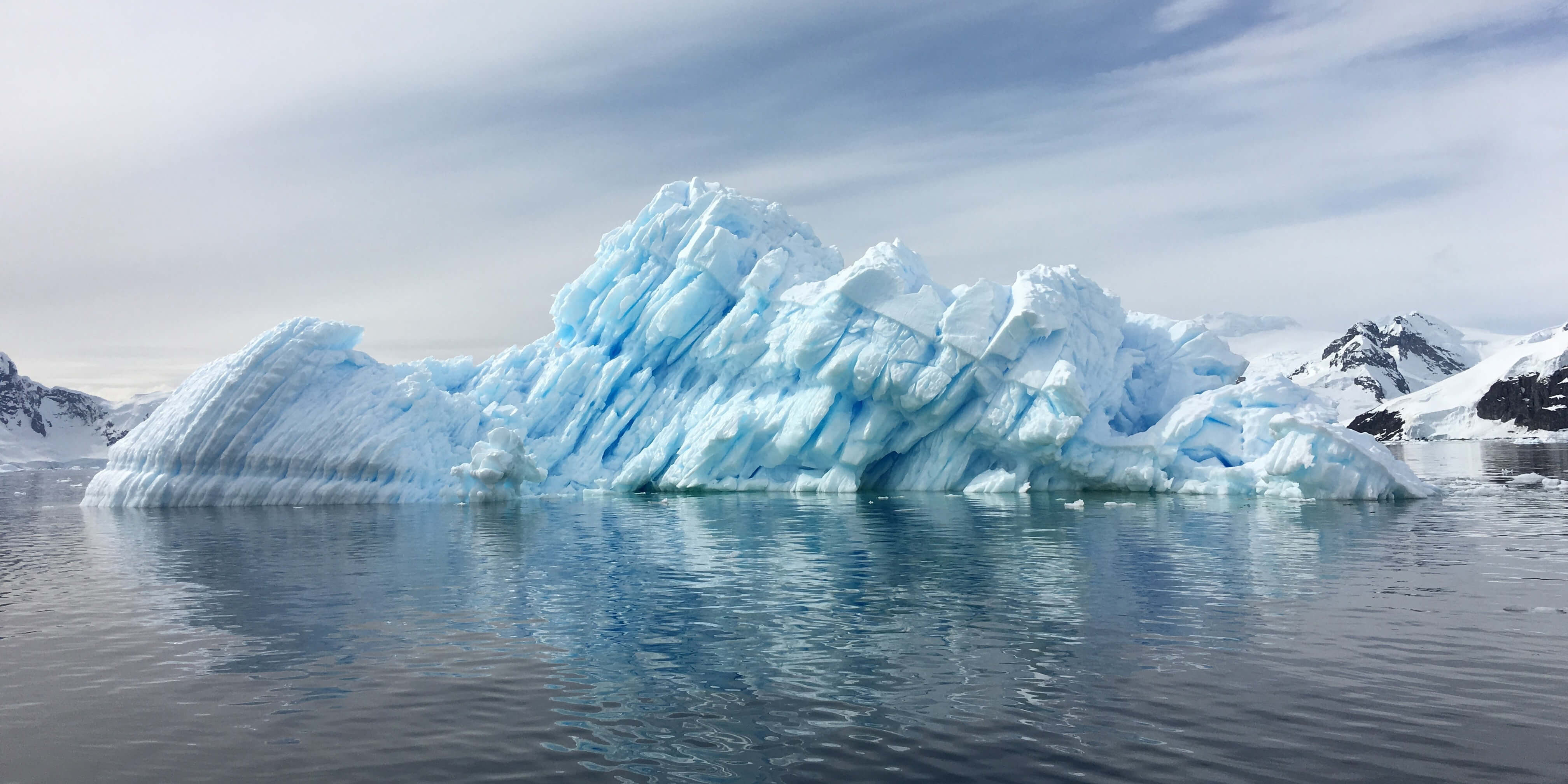View by
Published on:
10 Oct 2023
Everyone in NSW will be affected by climate change. Together, we can adapt to the impacts of climate change and work towards a positive and resilient ...
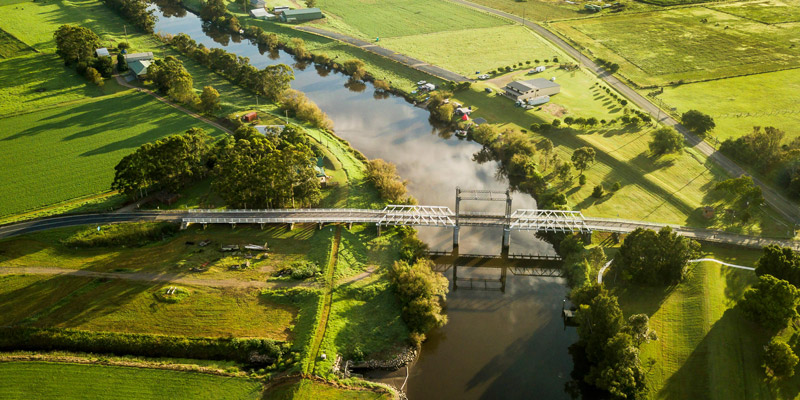
Published on:
10 Oct 2023
Climate change is causing estuary water to warm and acidify. Rising sea levels will flood low-lying areas and threaten developments near NSW estuaries...
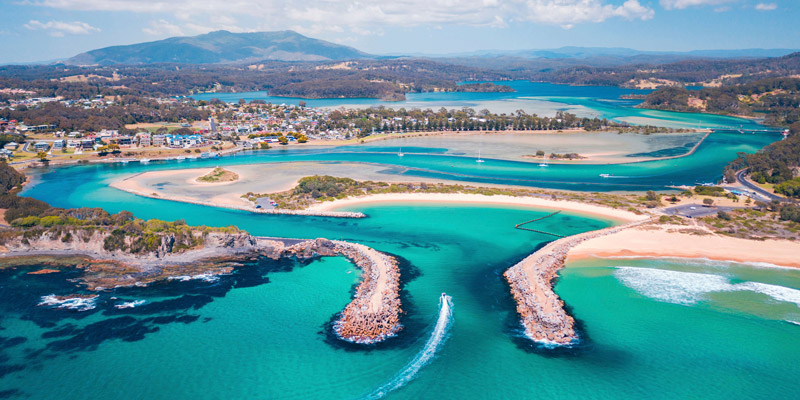
Published on:
10 Oct 2023
Green cover and open spaces can help combat the effects of climate change by providing natural cooling and water management.
Built environment
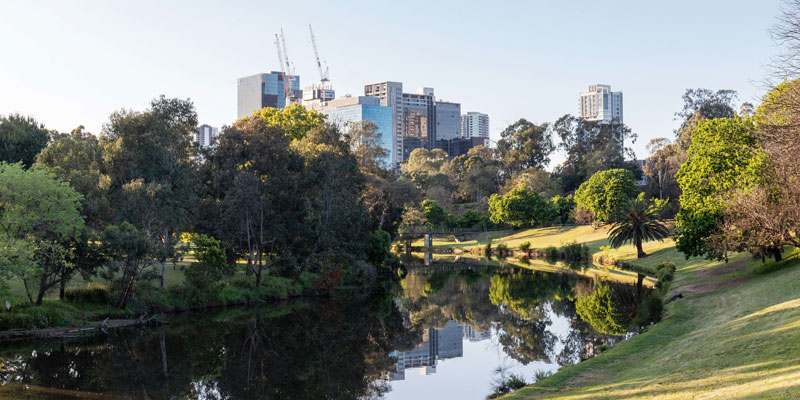
Published on:
10 Oct 2023
Climate change has been reducing NSW snow depth since the late 1950s. Less snow is impacting alpine wildlife, winter tourism and hydroelectricity gene...
Snow
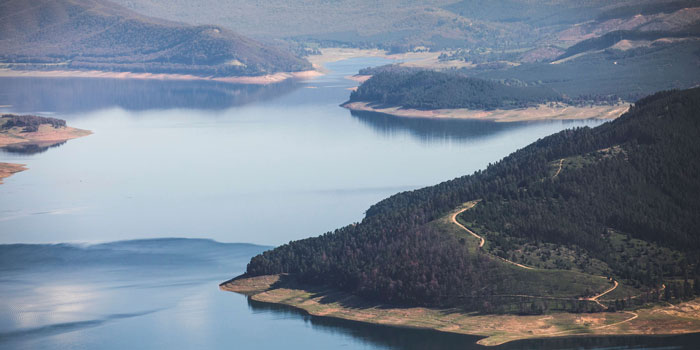
Published on:
10 Oct 2023
Find information and resources to help NSW state government agencies adapt to climate change, including tools for climate risk assessment and manageme...
State government
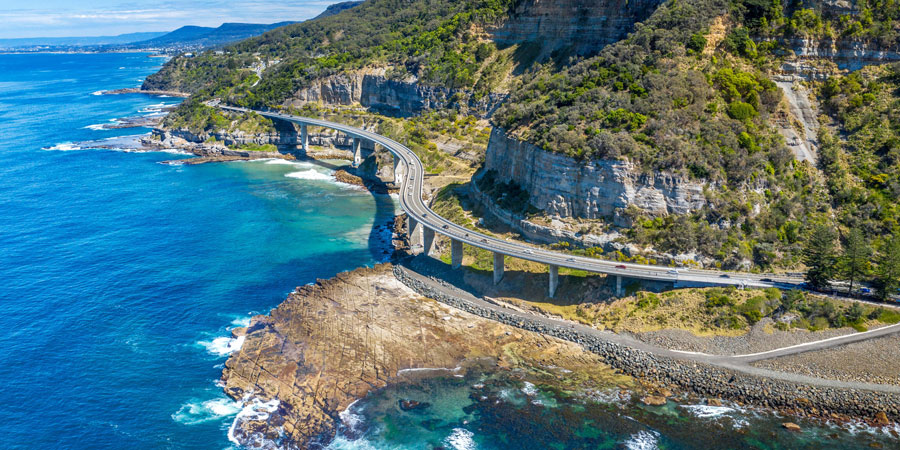
Published on:
10 Oct 2023
Climate change is projected to cause increased coastal erosion and permanent flooding in low-lying coastal areas of NSW.
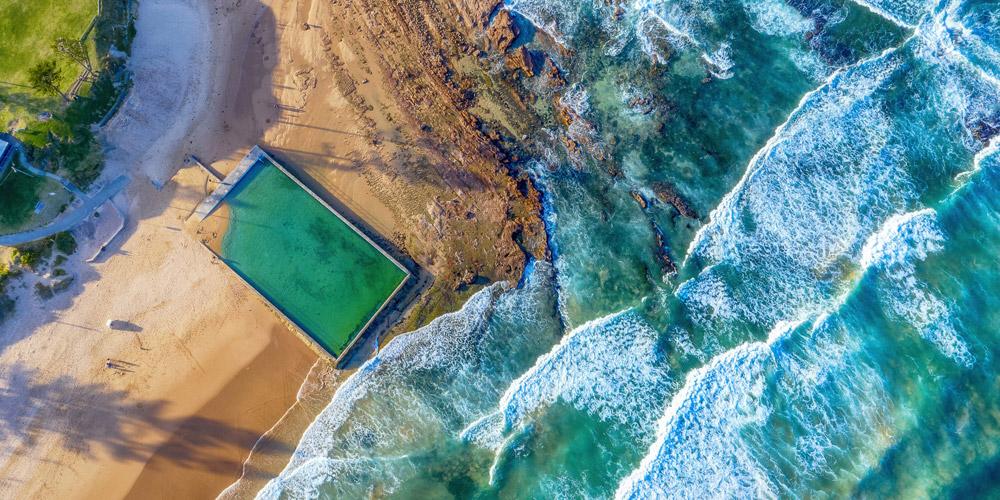
Published on:
10 Oct 2023
Climate change is the long-term change in climate patterns. It is largely driven by more greenhouse gases being released into the atmosphere.
Climate change causes
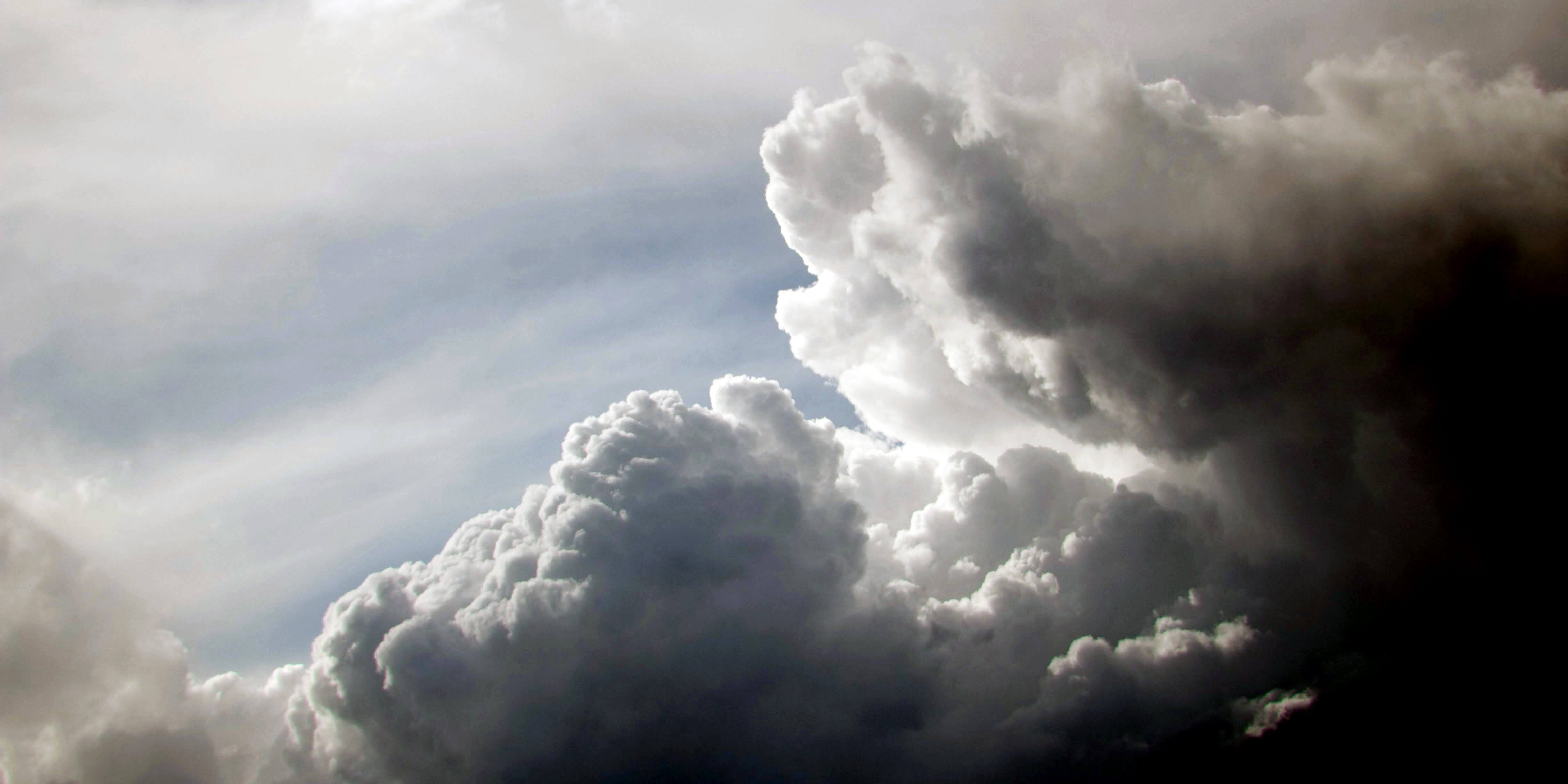
Published on:
10 Oct 2023
NSW’s gold standard climate projection modelling has been adopted interstate, ensuring a consistent approach to climate science and information.
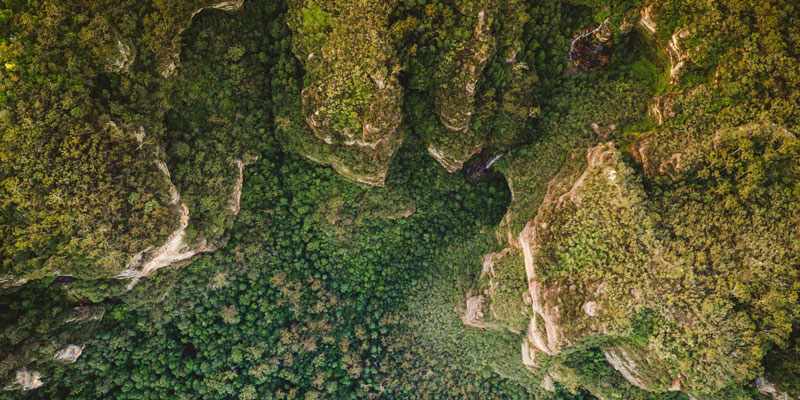
Published on:
10 Oct 2023
NSW uses independent climate change studies and technical advice from Australian and international organisations to inform decisions about climate cha...
Climate change causes
